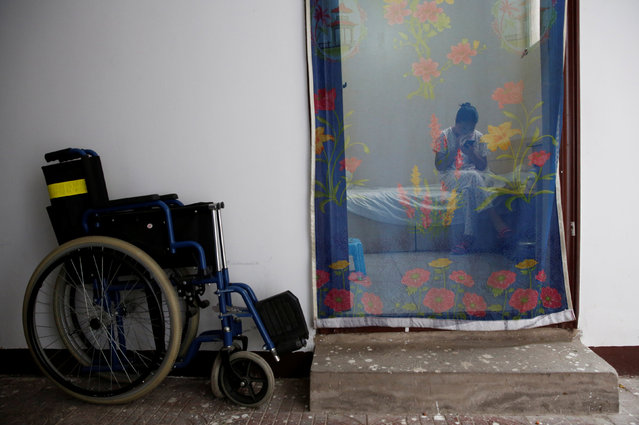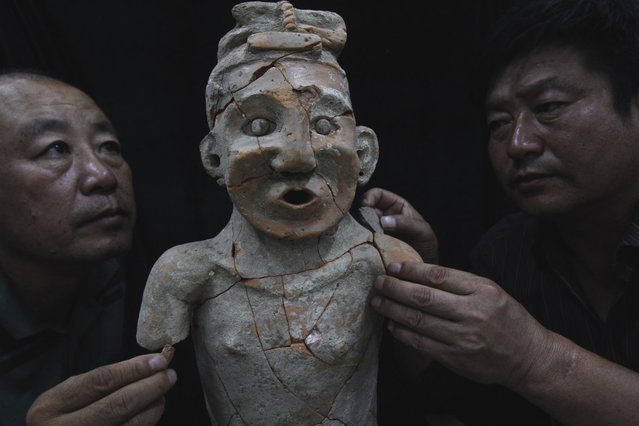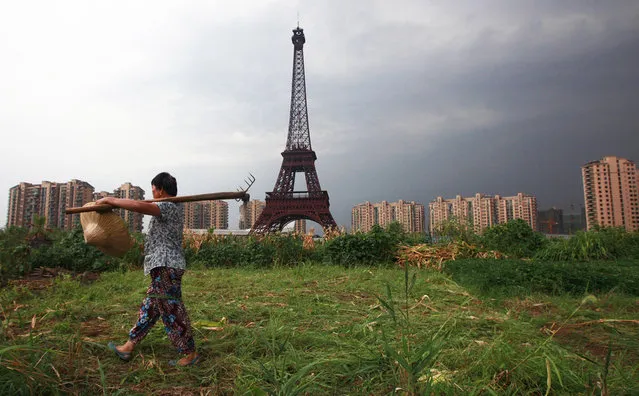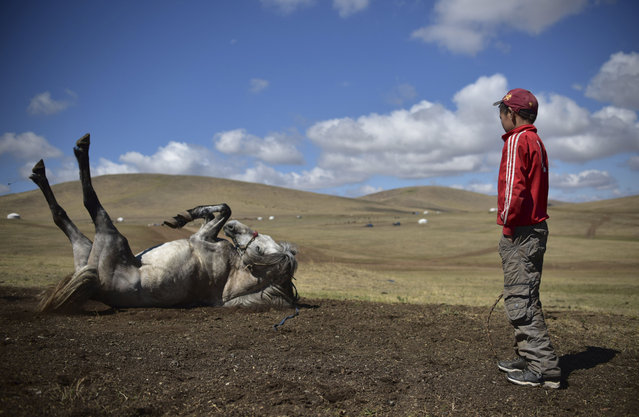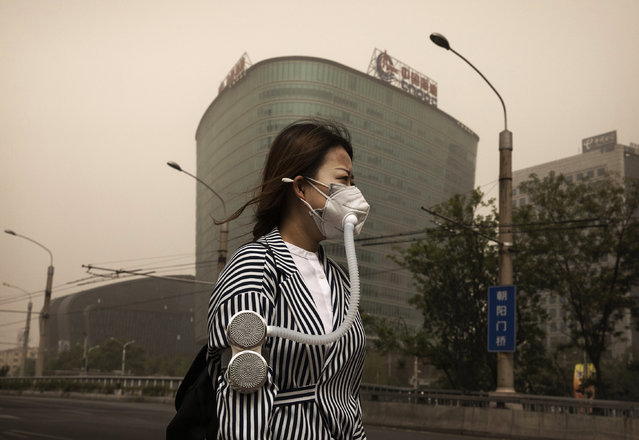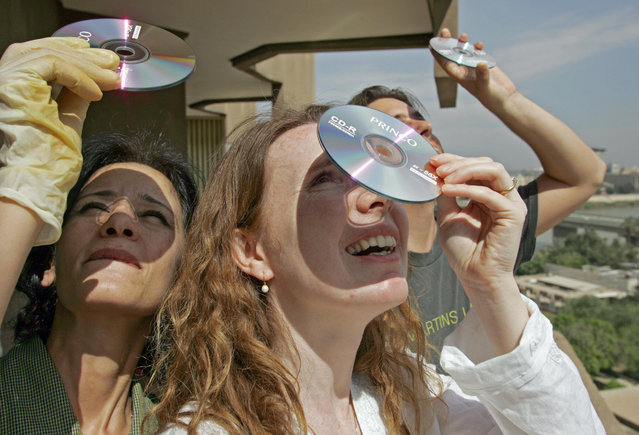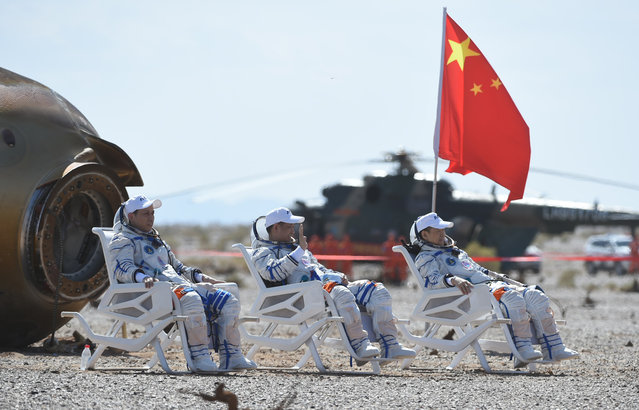
Astronauts Nie Haisheng (C), Liu Boming (R) and Tang Hongbo are out of the return capsule of the Shenzhou-12 spaceship at the Dongfeng landing site in north China's Inner Mongolia Autonomous Region on September 17, 2021. Three Chinese astronauts, the first sent to orbit for space station construction, have completed their three-month mission and returned to Earth safely on Friday. Photo by Lian Zhen/Xinhua News Agency)
22 Sep 2021 08:41:00,post received
0 comments

